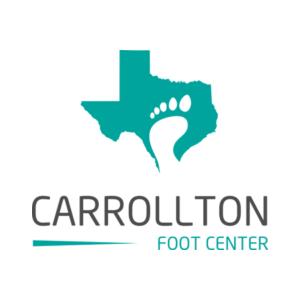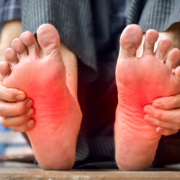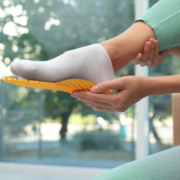Peripheral Artery Disease and Peripheral Neuropathy: What’s the Difference?
As we approach the peripheries of 2024, it’s only appropriate to discuss peripheral artery disease (PAD) and peripheral neuropathy, two distinct conditions that affect the feet in the form of pain, numbness, and weakness.
However, both conditions stem from different underlying causes and require distinct approaches to management. Today, we at Carrollton Foot Center will explain them in detail.
Peripheral Artery Disease
PAD is a circulatory condition that reduces blood flow to the feet. This causes pain, cramping, and numbness- especially during activity.
Peripheral artery disease (PAD) is a significant health concern, affecting an estimated 8.5 million Americans, particularly those over 60. Smoking is a major risk factor for developing PAD, along with other conditions like diabetes, high blood pressure, and high cholesterol.
And it’s best not to ignore PAD: if untreated, it can increase the risk of heart attack, stroke, and even amputation.
Peripheral Neuropathy
Peripheral neuropathy involves damage to the peripheral nerves, which transmit signals between the brain and spinal cord to the rest of the body. This damage can lead to similar symptoms of symptoms, including burning sensations, shooting pains, and muscle weakness in the extremities.
According to the National Institute of Diabetes and Digestive Kidney Diseases, up to 50% of people with diabetes have peripheral neuropathy. This means that diabetes is a significant risk factor, but autoimmune diseases, infections, vitamin deficiencies, and exposure to toxins are all potential culprits.
Comparing and Contrasting PAD and Peripheral Neuropathy
While both conditions can cause similar symptoms, there are key distinctions:
- Underlying cause: PAD stems from narrowed arteries and reduced blood flow, while peripheral neuropathy results from nerve damage.
- Diagnosis: PAD is often diagnosed with imaging tests like an ankle-brachial index, while peripheral neuropathy may involve nerve conduction studies or biopsies.
- Treatment: PAD treatment focuses on improving blood flow with lifestyle changes, medications, or procedures like angioplasty. Conversely, with peripheral neuropathy, we aim to manage the underlying cause and alleviate symptoms with medications, physical therapy, and alternative therapies.
Consult with Board-certified podiatrist Dr. Naghmeh Lilly Khavari, an esteemed professional who is dedicated to her patients in Denton, Dallas, and Collins Counties. Dr. Khavari treats a wide range of conditions, from ingrown toenails to foot and ankle injuries. Call Carrollton Foot Center’s office (located in Carrollton, Texas) at (469)-998-3668 to schedule your first appointment today!




